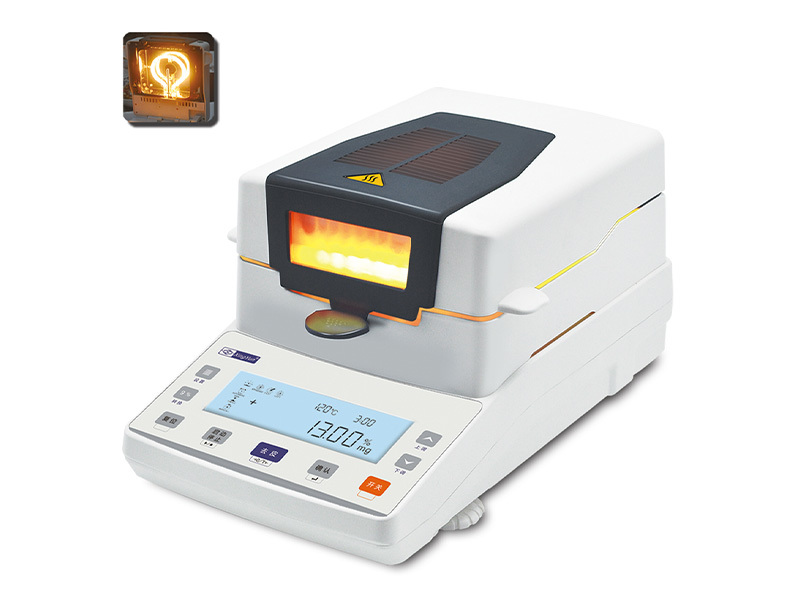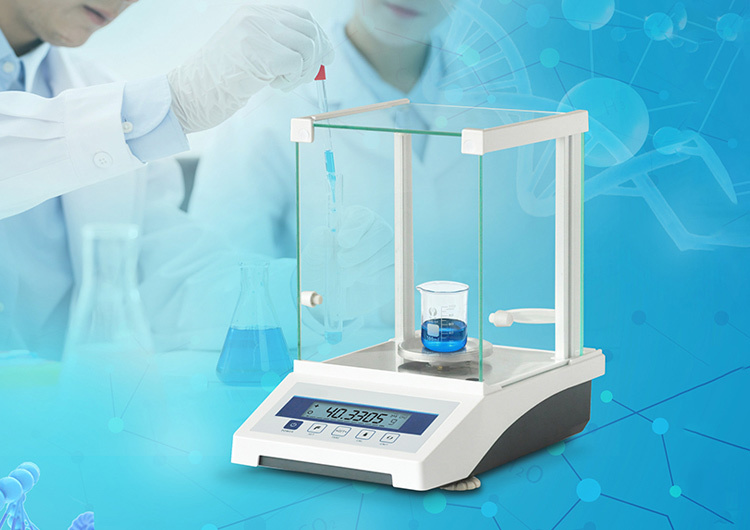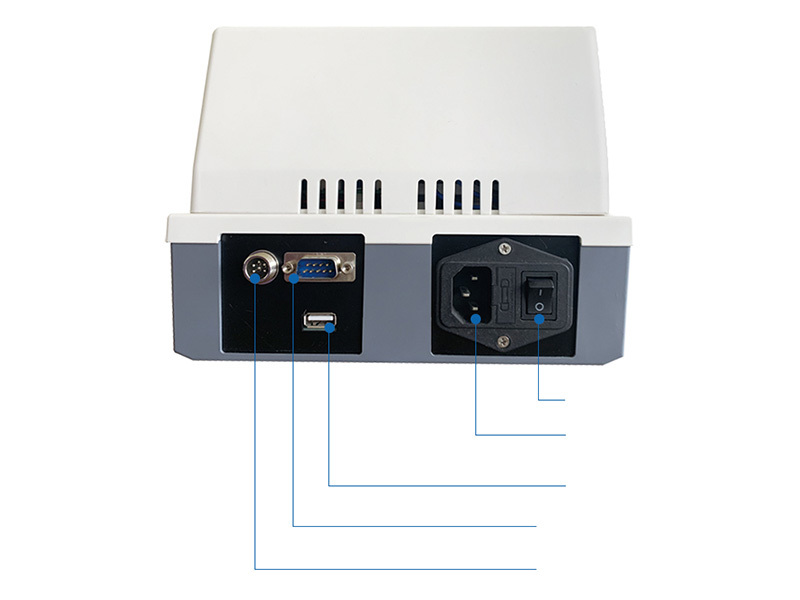News
Enhancing Laboratory Efficiency with Cutting-Edge Analytical Balances
2025-03-25
Enhancing Laboratory Efficiency with Cutting-Edge Analytical Balances
Introduction to Analytical Balances: A Lab Essential
In the world of laboratory research and testing, precision is paramount. Analytical balances are crucial instruments that ensure accurate measurements of mass, which are essential for experiments, quality control, and regulatory compliance. By integrating **cutting-edge analytical balances** into laboratory practices, we can significantly enhance efficiency, accuracy, and reliability.
The Evolution of Analytical Balances
Analytical balances have come a long way from their traditional counterparts. Modern advancements have led to the development of highly sensitive and user-friendly instruments. They now feature:
- **Digital displays** for easy reading
- **Advanced calibration systems** for maintaining accuracy
- **Connectivity options** for streamlined data management
With these innovations, laboratories can achieve previously unattainable levels of precision and efficiency.
Key Features of Modern Analytical Balances
Understanding the specific features that modern analytical balances offer is vital for leveraging their full potential. Here are some of the standout features:
1. High Sensitivity and Precision
Modern analytical balances can measure small masses with extreme accuracy, often down to 0.1 mg or less. This sensitivity is critical in fields such as pharmaceuticals, where minute differences can affect outcomes.
2. User-Friendly Interfaces
Today's balances often come equipped with intuitive touch screens and software that simplify operation. These interfaces minimize training time and errors, leading to enhanced laboratory efficiency.
3. Advanced Calibration Technology
Automatic calibration systems ensure that the balance maintains its accuracy over time. Regular calibration is essential for compliance with industry standards and for producing reliable results.
4. Connectivity and Data Management
Many analytical balances now feature USB or Wi-Fi connectivity, allowing data to be transferred seamlessly to computers or laboratory information management systems (LIMS). This capability enhances data integrity and facilitates real-time monitoring.
5. Environmental Protection Features
Draft shields and anti-vibration technologies help in obtaining stable measurements by preventing external disturbances. These features are particularly important in laboratories where environmental conditions can vary.
Benefits of Using Analytical Balances in Laboratories
The integration of advanced analytical balances into laboratory workflows offers numerous benefits:
1. Increased Accuracy and Reliability
The precision of analytical balances minimizes measurement errors, ensuring that experiments yield consistent and reliable results. This reliability is vital for scientific research and industrial quality control.
2. Enhanced Productivity
With faster measurement times and improved data management capabilities, laboratories can process more samples in less time. This increased throughput allows for more extensive research activities and faster product development cycles.
3. Streamlined Compliance with Regulatory Standards
Analytical balances equipped with advanced calibration and data management systems simplify compliance with regulatory requirements. Laboratories can maintain accurate records and demonstrate adherence to industry standards more easily.
4. Improved User Experience
The intuitive design of modern analytical balances reduces the learning curve for new users. Enhanced usability leads to fewer operator errors and a more efficient laboratory environment.
5. Cost-Efficiency Over Time
While the initial investment in high-quality analytical balances may be significant, the long-term savings from reduced material waste, fewer errors, and improved productivity make them a cost-effective choice.
Best Practices for Utilizing Analytical Balances
To maximize the benefits of analytical balances, laboratories should adopt best practices for their use and maintenance.
1. Regular Calibration and Maintenance
Establishing a routine calibration schedule is critical for ensuring the accuracy of measurements. Regular maintenance, including cleaning and software updates, helps to keep the instruments in peak condition.
2. Proper Placement and Environment Control
Analytical balances should be placed on stable surfaces, away from drafts, vibrations, and temperature fluctuations. Environmental controls like air conditioning can further enhance measurement accuracy.
3. Training and Standard Operating Procedures (SOPs)
Providing comprehensive training for personnel on the correct use of analytical balances is essential. Developing SOPs can also standardize procedures and minimize errors.
4. Data Management Practices
Utilizing the connectivity features of analytical balances effectively can streamline data collection and analysis. Implementing a laboratory information management system (LIMS) can further enhance data integrity and accessibility.
5. Continuous Improvement and Feedback
Encouraging feedback from laboratory staff on the use of analytical balances can lead to continuous improvement in practices. Regular reviews of procedures can identify areas for enhancement.
Challenges of Implementing Analytical Balances
While the benefits are substantial, there are challenges that laboratories may face when integrating analytical balances into their workflows.
1. Financial Investment
The upfront cost of advanced analytical balances can be a barrier for some laboratories. However, weighing this investment against the long-term benefits is crucial.
2. Training Requirements
Transitioning to new equipment often necessitates a training period for staff. Ensuring that personnel are adequately trained is essential to mitigate the learning curve.
3. Maintenance and Calibration Costs
Regular maintenance and calibration can incur additional costs. Laboratories must budget accordingly to ensure continued accuracy and compliance.
Conclusion
Incorporating cutting-edge analytical balances into laboratory practices is a game-changer for enhancing efficiency, precision, and productivity. By understanding the benefits, features, and best practices associated with these instruments, laboratories can optimize their operations and achieve outstanding results. Investing in modern analytical balances is not merely a choice; it is a strategic move toward excellence in research and development.
FAQs
1. What is the difference between an analytical balance and a regular balance?
Analytical balances offer higher precision and sensitivity compared to regular balances, often measuring to the nearest 0.1 mg or less, making them suitable for scientific and industrial applications where accuracy is critical.
2. How often should analytical balances be calibrated?
It is recommended to calibrate analytical balances at least once a month or before any critical measurements to ensure accuracy, although more frequent calibration might be necessary depending on usage and laboratory standards.
3. Can analytical balances be used in non-laboratory settings?
While analytical balances are primarily designed for laboratory use, they can be utilized in any setting where high-precision measurements are necessary, such as in pharmaceuticals or quality control in manufacturing.
4. How do I maintain my analytical balance properly?
Regular cleaning, avoiding exposure to drafts and vibrations, and following a routine calibration schedule are essential for maintaining analytical balances. Additionally, adhering to manufacturer guidelines for care is vital.
5. What factors can affect the accuracy of an analytical balance?
Factors such as air currents, vibrations, temperature fluctuations, and improper placement can affect the accuracy of analytical balances. Proper environmental controls and stable surfaces are crucial for reliable measurements.
Related News













